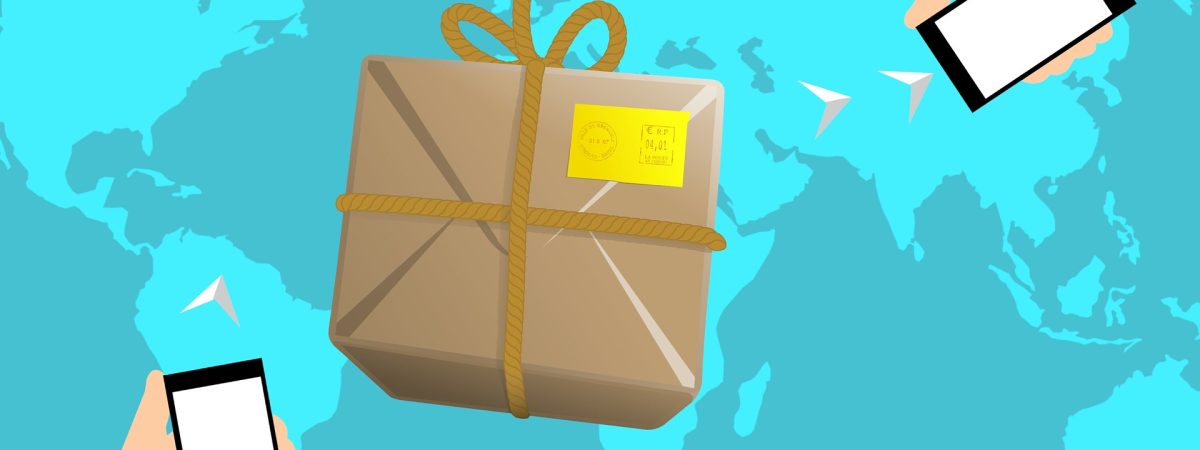
10 eCommerce Trends Expected to Grow in 2021
2020 saw a boom in eCommerce use as more consumers opted to ditch the brick-and-mortar store and shop online instead. The sudden shift changed not only consumer habits but also the business ecosystem as brands had to quickly pivot their business plans to meet new consumer demands. As we come to the end of 2020 and review current trends, it is hard not to wonder what the 2021 eCommerce playing field might look like.
To help get your eCommerce brand ready for 2021, we’ve put together a list of ten notable eCommerce trends expected to grow in 2021. Hopefully after reading the list you will feel more prepared for the new year and be able to apply these insights to improve your online store.
1: Personalization
Personalization has become a staple among eCommerce brands, and it will not be going anywhere in 2021. Customers have become accustomed to personalized recommendations and chatbots to help them throughout their digital shopping experience. As new technology is developed to further personalize shopping, this trend is expected to grow.
If you are just starting to develop your eCommerce site or looking to increase site personalization, a good way to start is to offer a chat service. The chat service can be bot-automated but should allow for a human to take over if the customer requires more service. Secondly, use user-data to create personalized recommendations for each customer. Customers are more likely to be repeat buyers if they find the site easy to navigate and find what they like.
2: Progressive Web App (PWAs)
By the end of 2021, it is predicted that 73 percent of all eCommerce sales will be completed on mobile devices. To meet consumer desire, a lot of brands of opted to create eCommerce apps. Except, apps can cause a drop in sales since consumers will leave shopping carts once they were prompted to download the app. A good way to create a smooth, mobile shopping experience is to create a PWA.
A PWA is a website that creates an app-like experience but functions on any web browser. Throughout 2021, it is expected many brands will resort to creating PWAs instead of developing apps because it not only enhances user experience but also saves brands time and money.
3: Integration of Social Media
Social media has changed the way consumers shop, and how brands sell. Brands can now use social media to advertise products, build brand awareness, connect with consumers, and most recently, sell products. Almost every social media platform now offers a shopping platform for brands to sell products through their social media pages.
If you are an eCommerce brand and want to expand your consumer base, considering creating a marketplace on your Instagram or Facebook account.
4: Customized Packaging
The social media boom, and the corresponding growth of influencer marketing, has turned customized packing into an eCommerce must-have. A recent study found that 72 percent of Americans are influenced by package design. When a brand uses custom packaging, they become more recognizable, ensure buyers come back, and most importantly, create an opportunity for free marketing. Customers are more inclined to share products they purchased and tag the brand if it comes in nice packaging
5: Voice Shopping
Amazon changed the eCommerce game in 2017 when they released the Echo smart speaker because consumers could order products by talking to the speaker. In 2017, only thirteen percent of consumers used voice shopping, but by the end of 2021, it is predicted that 55 percent of consumers will shop with their voice. To prepare, eCommerce brands can make sure their website, and app, are optimized to offer voice-based navigation.
6: AI and AR
Before the pandemic, Artificial Intelligence (AI) and Augmented Reality (AR) were used by retail brands to generate personalized recommendations, answer questions with chatbots, and provide a realistic look at a product. Now, it has replaced the physical store. Jon Cheney, CEO of Seek AR firm, predicts the use of AR by retail brands will continue to grow even after the pandemic ends. Once people experience shopping from home with ease, they will no longer feel the need to go to a physical store.
7: Visual Commerce
Not only are AR and AI a trend, but the technology inspired another trend going into 2021 – visual commerce. Visual commerce refers to the use of videos, interactive content, consumer-generated media, and AR to give consumers an in-person experience of a product through the internet. Instead of only being able to view a static image of a product, consumers will be able to experience the product before ordering it.
8: Free Shipping
Since 2014, free shipping has slowly been growing, and now most consumers view free shipping as a given and will abandon a shopping cart at the checkout if there is a fee charged for shipping. If you do not already offer free shipping, now may be the time to consider it for your business. Consider starting with a minimum-spend free shipping offer to test out consumer reactions.
9: Green Consumerism
Consumers have started to care more about where their products come from, what materials are used to produce them, how they are shipped, and the carbon footprint they will leave behind. Instead of blindly buying products, 65 percent of consumers purposefully buy products from brands that actively advocate for sustainability. This number is expected to grow in 2021.
To match consumer priorities, many eCommerce brands will adapt to more sustainable practices. If you consider making your brand greener, there a few simple steps you can take to make the transition easier.
First, take a clear stance on sustainability and set a hard deadline to make changes. Second, make a list of changes you want to make. The initiatives do not need to be drastic. For example, start sending out digital receipts instead of paper, switch to eco-friendly packaging, or look for eco-friendly versions of existing products. Lastly, announce the changes you have made and your plan for the future.
10: Pay Later
If you have been shopping online lately, you might have noticed the option to ‘pay-later’ or ‘pay in installments’ popping up at checkouts. Over the past few months, more brands have started to offer payment-delays for even small purchases, and consumers have been raving. This trend is expected to grow in popularity throughout 2021 as more people turn to eCommerce for their everyday shopping.




